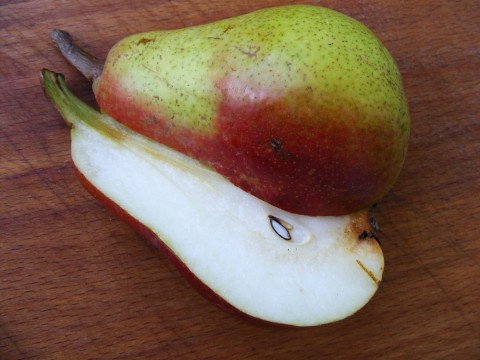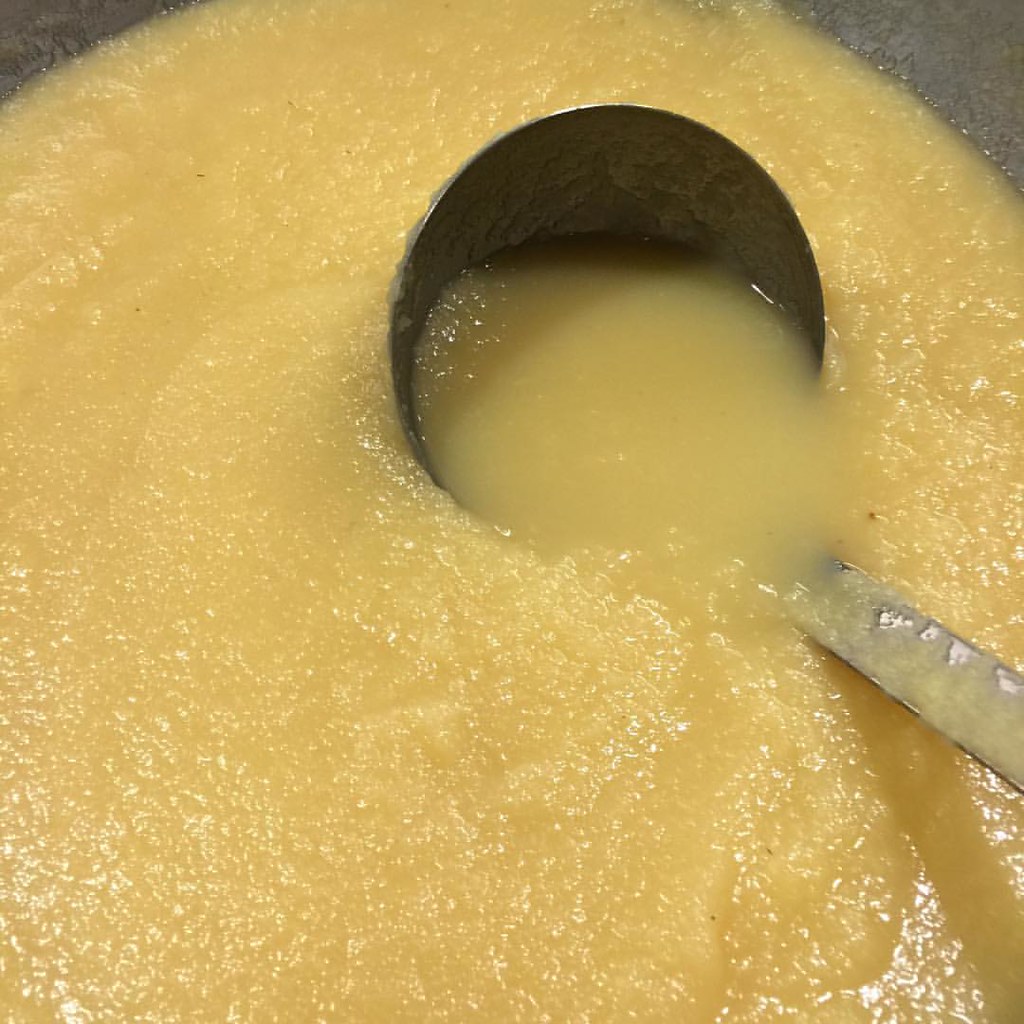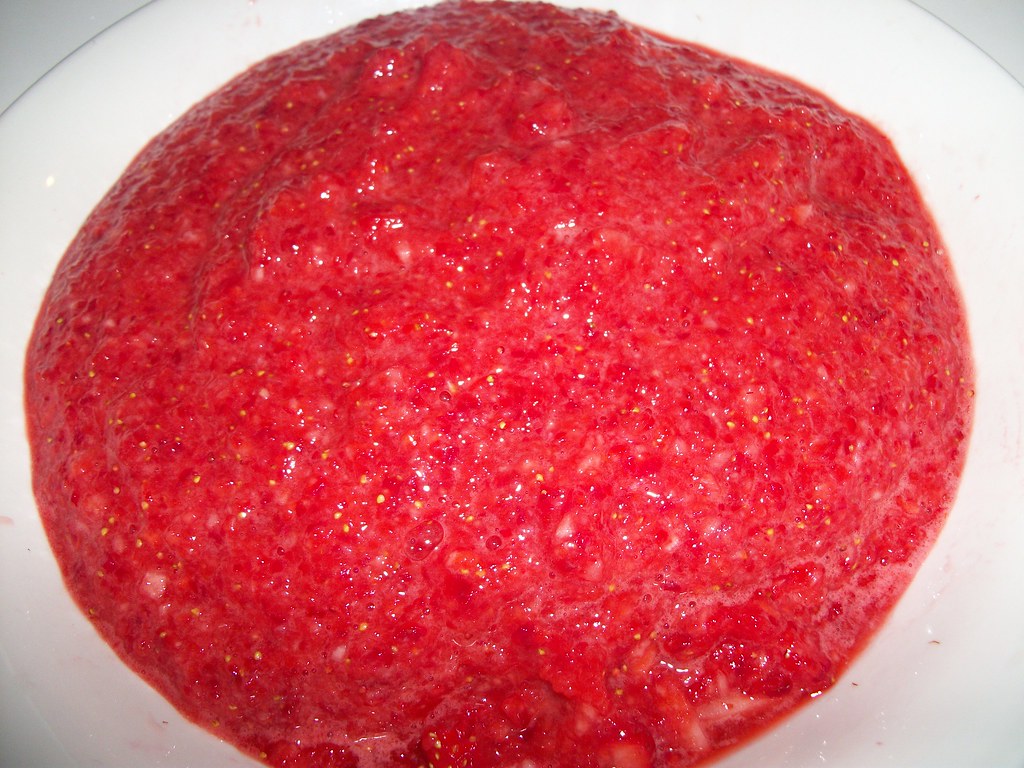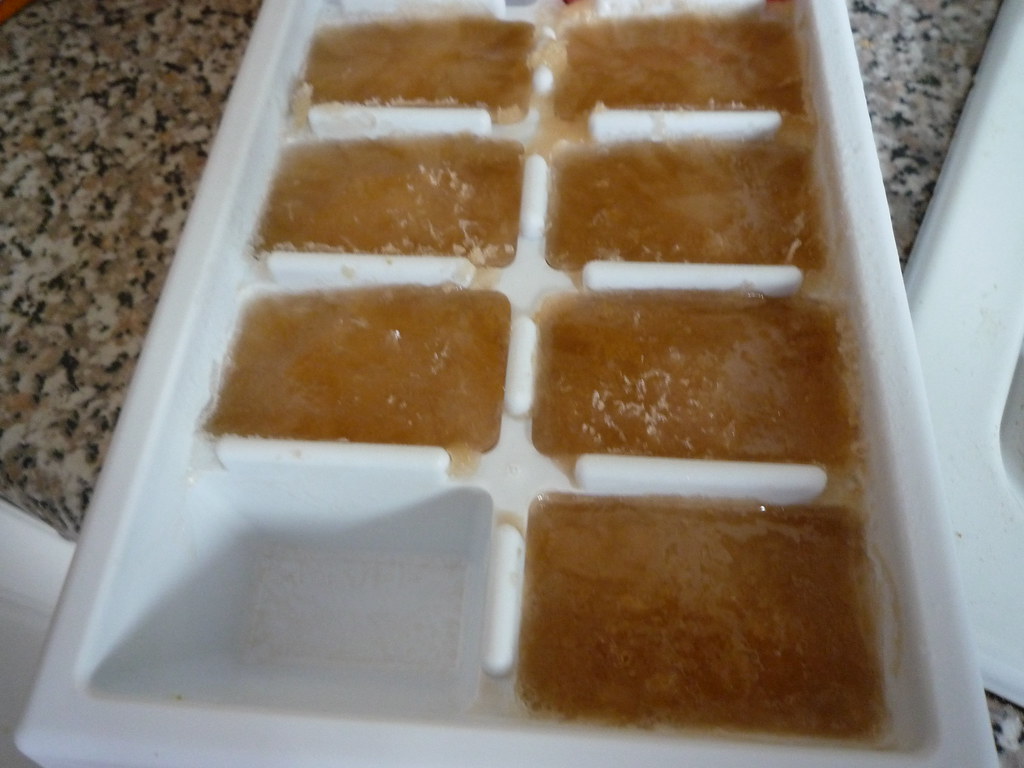No one is going to argue that jams aren’t delicious. The fact of the matter is homemade jams are a tried and true means of preserving fruit for the winter. Berries, apples, peaches, and grapes all make fine jams that will bedazzle a slice of toast or bowl of oatmeal when the harvest is well and gone until next year comes around.
However, there is also no denying that jams are jam-packed with sugar. In fact, there is often as much sugar as fruit in jam. Unfortunately, most of us don’t live where sugar grows, which means food miles, and so much sugar also lessens the positive nutritive value of jam. So, what if there were a second option, a way of having fruit spreads without all the sugar?
Well, that’s where fruit purees might just be the better option. By using sugary and/or pectin-rich fruits like apples, grapes, plums, and pears to thicken and sweeten our fruit blends allow us to create spreads without adding sugar or pectin. Using fruits like these— skin and all— to fine-tune the flavor allows us to stick with whole foods and get all the positives of eating fruit without the downside of jam.
Plus, once the process is perfect, it’s a much easier method of preservation.
Whole Fruits for the Base

Source: Emilian Robert Vicol/Flickr
By now, most of us know that whole fruits are much healthier than juices. The skins of fruits not only carry a huge amount of healthy components, particularly pectin, but they also have a lot of flavor. It’s for this very reason that marmalade, with all those often-discarded citrus skins, is so tasty.
So, rather than peeling and coring our apples and pears, the idea would be to cook the whole fruit and get the added benefits. Starting with our sweet and pectin-rich fruits as a base, we can use our berries and fruits for the overarching flavor. This means we avoid adding sugar or buying pectin, usually extracted from lemon or other citrus skins.
Making the Syrupy Sweet Start

Source: Fotos_PDX/Flickr
Once those sweet base fruits are chosen, they can be slowly reduced to make a thick syrup. Pear is especially good as a sweetener as it has a rather indistinct flavor but is particularly sweet. Apples are great mixed with the pears as they add a good serving of pectin to the mix. They can be cut up whole a put in a pot together over low temperature and stir frequently. Concord grapes work well for this, too.
Adding just a little water to prevent burning, these should be reduced to a stout, syrupy substance that can be added to the other fruits to make well-balanced purees. When they are properly goopy, the seeds, stems, and other undesirable aspects can be strained out, leaving behind valuable nutrients but none of the unappetizing parts.
Flavoring with Your Fruit of Choice

Source: moggs oceanlane/Flickr
Once the whole-food sweetening and thickening agent has been concocted, it’s time to choose the fruit of choice. The beautiful thing here is that, without adding sugar or store-bought pectin, we can make overbearing flavors like elderberries, gooseberries or rhubarb become delightful. They can also give other fruits, like peaches, cherries, and blueberries, the added oomph to make them more than eviscerated versions of themselves.
These fruits should be smashed or blended and sieved to remove any seeds or stems. Then, the mixture should be combined with the whole-fruit base until it reaches the desired flavor, starting with roughly the volume of sugar one would add to make jam.
Typical blackberry or raspberry purees might get a 1/4 cup of the apple-pear mixture to every cup of berries, or stone fruits; blueberries and strawberries should start with a couple of tablespoons to every pound of fruit. This can be done with either fresh fruit from the garden or farmers’ market, or it can be done with thawed frozen fruit.
Freeze the Puree

Source: Ambernectar 13/Flickr
Once the puree is concocted, it should be poured into plastic containers, leaving a bit of headroom, and put in the freezer. The mixture will expand a bit when frozen, so it’s important not to use a container that can break or be damaged. Now, when ready, the puree should be thawed and used liberally as you would jam. Only, this is basically whole fruit, no sugar added!
Or, for a to-go snack, this same fruit puree can be dehydrated to make fruit leather or frozen on sticks for a frosty sweet treat.
Related Content:
For more Animal, Earth, Life, Vegan Food, Health, and Recipe content published daily, subscribe to the One Green Planet Newsletter! Lastly, being publicly-funded gives us a greater chance to continue providing you with high-quality content. Please consider supporting us by donating!
"fruit" - Google News
March 28, 2021 at 08:57PM
https://ift.tt/3u00V5Z
Why Mixed Fruit Purees is a Better Choice than Making Jams - One Green Planet
"fruit" - Google News
https://ift.tt/2pWUrc9
https://ift.tt/3aVawBg
Bagikan Berita Ini















0 Response to "Why Mixed Fruit Purees is a Better Choice than Making Jams - One Green Planet"
Post a Comment